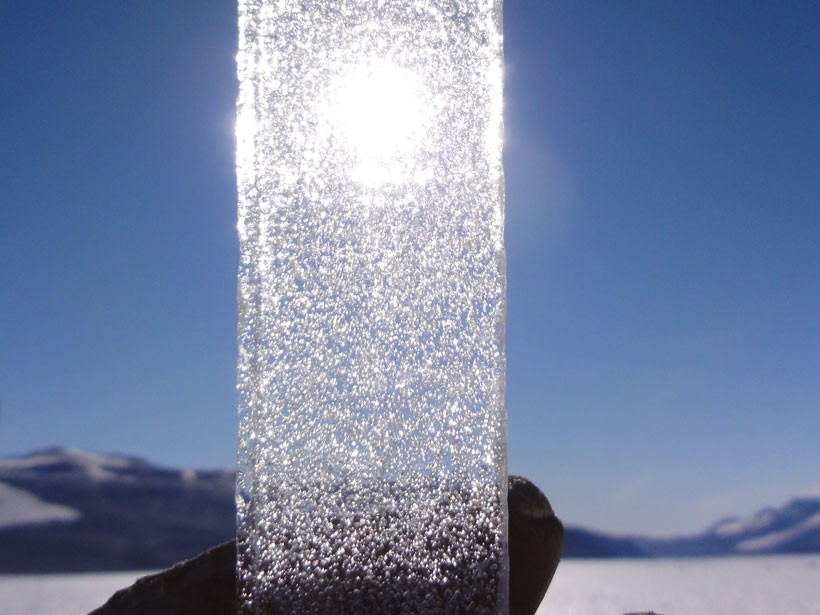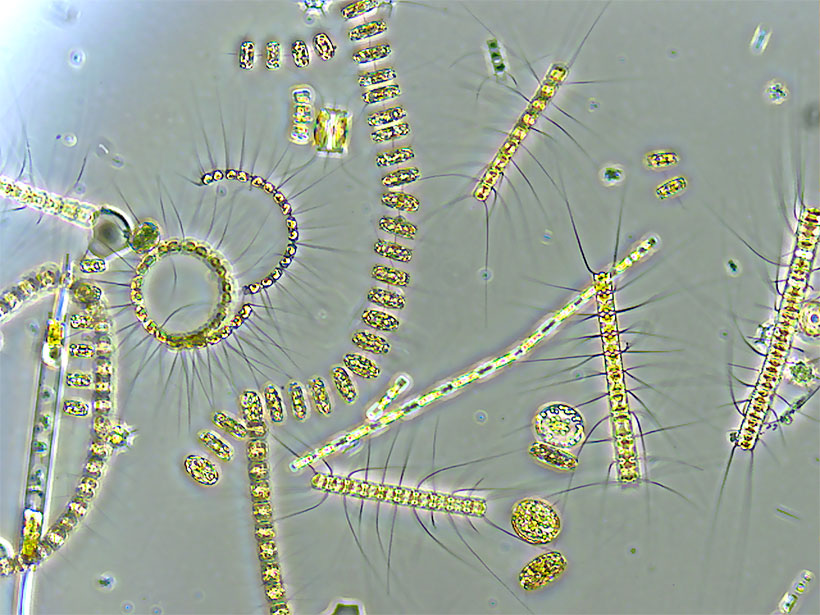Una nueva investigación encuentra que Actinobacteria en cuevas de lava fijan carbón y sobreviven independientemente de aportes superficiales, ofreciendo una nueva perspectiva en la investigación de la vida fuera de la Tierra.
proxies
Supergreen Trees Can Signal Sites of Eruptions
Tree core chemistry can explain what happened before Mount Etna’s 2002 eruption and suggests that trees could play a role in rebuilding past eruptions.
Freshwater Mussel Shells May Retain Record of Alpine Snowpack
A new study explores a possible proxy for seasonal freshwater input that could elucidate changes in alpine snowpack as the planet warms.
Earthly Lava Tubes May Offer Insights into Extraterrestrial Life
New research finds that Actinobacteria in lava caves fix carbon and survive independent of surface inputs, offering a fresh perspective in the search for life beyond Earth.
Small Climate Changes Could Be Magnified by Natural Processes
A new study uses modeling techniques to uncover how small incidents of warming may be turned into hyperthermal events lasting thousands of years.
Cutting to the Core
In our July issue, Eos looks at the collection, study, and storage of cores—from sediment drilled up from the age of the dinosaurs to tree rings as big as a house.
Narwhal Tusks Record Changes in the Marine Arctic
This new paleorecord can help scientists better understand how climate change and human activity are changing marine mammals’ environments and habits.
Monitoring Seismic Vibrations During a Pandemic
Researchers in Spain monitored variations in seismic noise across Barcelona as the city locked down during the pandemic, clarifying the seismic band associated with human activity.
First Worldwide View of a Key Phytoplankton Proxy
New insights into the dynamics of ocean features known as deep chlorophyll maxima set the stage for better understanding of their role in carbon cycling.
Holy Water: Miracle Accounts and Proxy Data Tell a Climate Story
In 6th century Italy, saints were said to perform an unusual number of water miracles. Paleoclimatological data from a stalagmite may reveal why.










